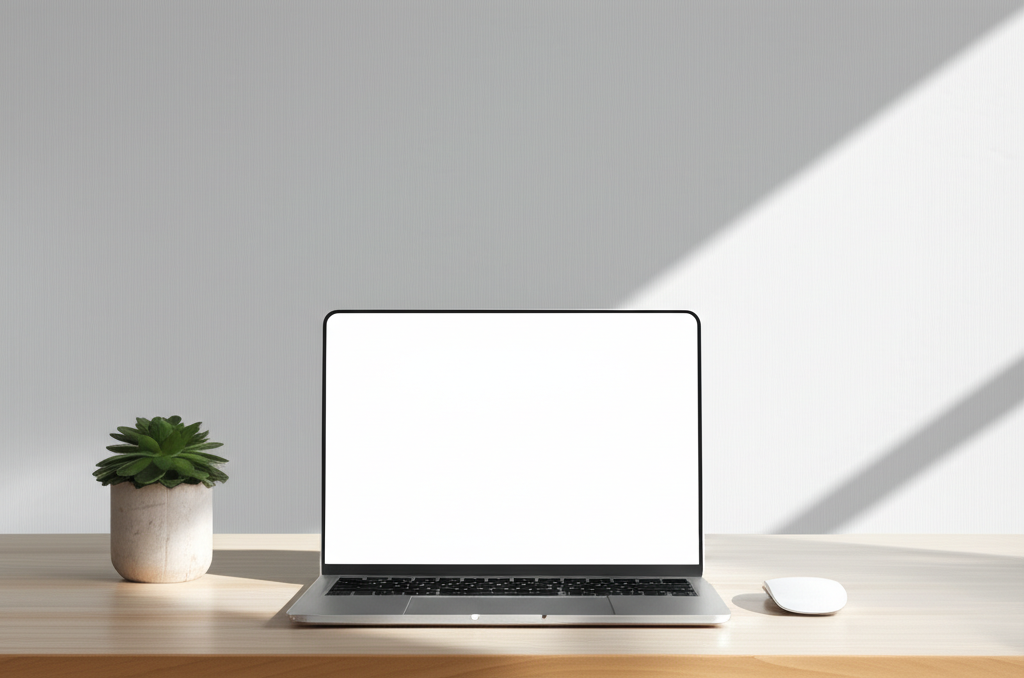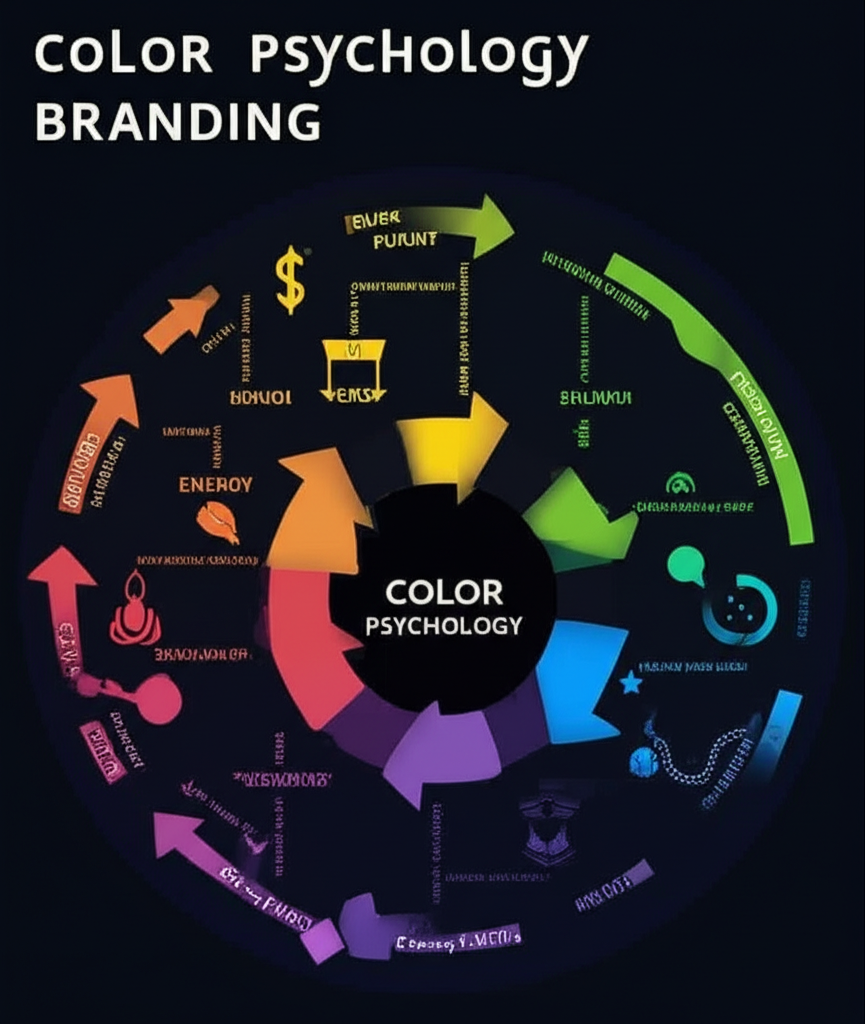The Art of Minimalist Design
Exploring how less can truly be more in modern design philosophy and its impact on user experience.

In an era of information overload and digital noise, minimalist design has emerged as a powerful antidote to complexity. This design philosophy, rooted in the principle that "less is more," has revolutionized how we approach user interfaces, brand identity, and digital experiences.
The Philosophy Behind Minimalism
Minimalist design isn't just about removing elements—it's about intentional curation. Every element that remains serves a purpose, creating a hierarchy that guides users naturally through the experience. This approach reduces cognitive load and allows users to focus on what truly matters.
Key Principles of Minimalist Design
The foundation of minimalist design rests on several core principles:
- Whitespace as a Design Element: Negative space isn't empty—it's a powerful tool that creates breathing room and emphasizes important content.
- Typography Hierarchy: Clear, readable fonts with purposeful sizing create natural reading flows without overwhelming the user.
- Limited Color Palettes: Restraint in color choices creates cohesion and allows accent colors to have maximum impact.
- Functional Beauty: Every design element should serve both aesthetic and functional purposes.
Impact on User Experience
Research consistently shows that minimalist interfaces lead to improved user satisfaction and task completion rates. When users aren't distracted by unnecessary elements, they can focus on their goals more effectively. This translates to better conversion rates, reduced bounce rates, and increased user engagement.
Implementing Minimalism in Modern Design
Successful minimalist design requires discipline and strategic thinking. Start by identifying the core message or action you want users to take, then systematically remove anything that doesn't support that goal. Remember, minimalism isn't about being sparse—it's about being intentional.
The future of design lies in this thoughtful approach to simplicity, where every pixel serves a purpose and every interaction feels effortless.
